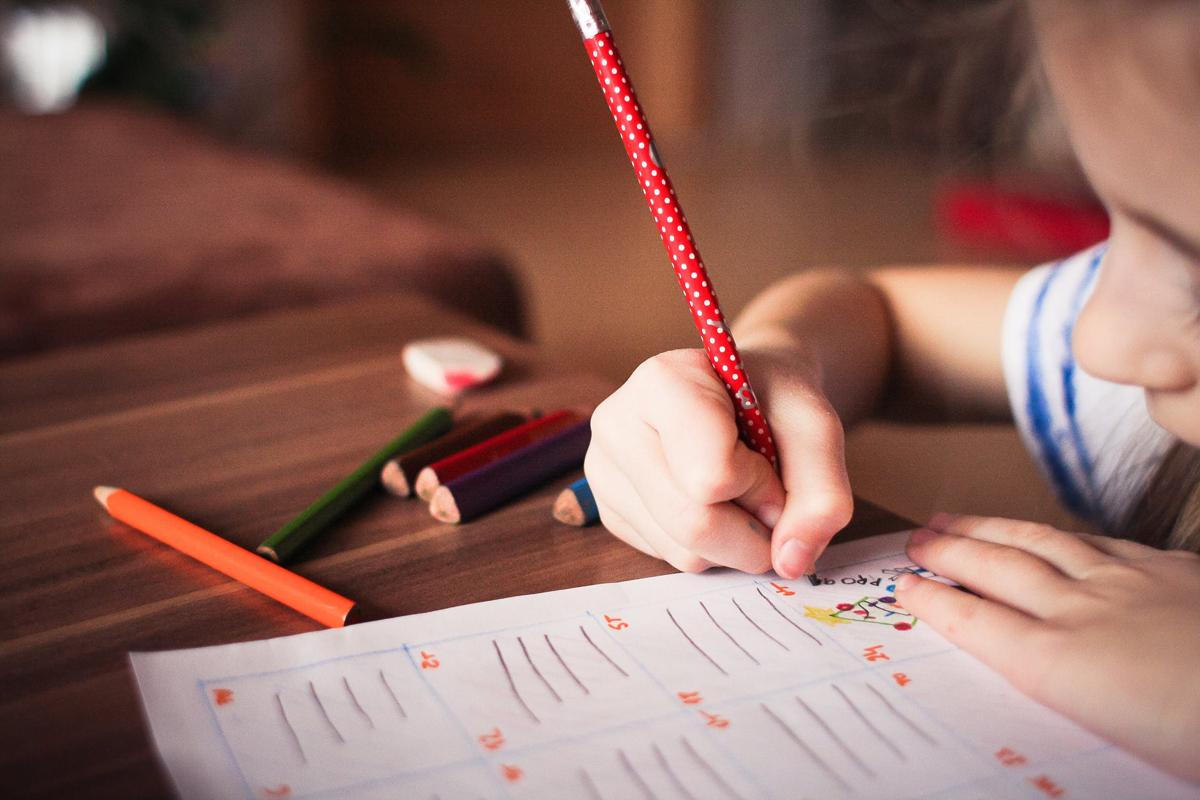Q&A: Some Tips for Parents Wondering How to Make the School Day Work

With COVID-19 shutting down schools and pushing instruction to the virtual classroom, many parents find themselves with new multitasking challenges. They’re not just parents anymore; they’re also part-time teachers, school counselors and virtual fieldtrip organizers. As director of the University of Denver’s Ricks Center for Gifted Children, Craig Harrer knows a few things about managing learning and tailoring education to the needs of individual students. He shares his expertise in this email conversation.
As COVID-19’s toll on lives and the economy mounts, how should parents talk to their children about the virus and the reasons for school shutdowns?
Parents should handle this a little bit differently based on the developmental level of the child. That being said, I think parents need to be honest and accurate at all levels, with the amount of information being the limiting factor for discussions. Television and media exposure should be limited in all age groups, and parents should engage in conversations around the media that is being watched. It is essential to continue to reiterate that we're saving lives by going through this process.
At the preschool and kindergarten levels, children need to be made aware of the virus, [assured] that they are safe, and [told] there will be an end to the social distancing and a return to normalcy soon.
For children in primary grades (first through fourth), a little more information can be given about the issues that are being experienced throughout the country and internationally, but there should still be an emphasis on their safety. Parents can engage in conversations with students around their feelings and ways they have been impacted. Positive outcomes from social distancing should be discussed — for example, getting to spend more time together. One good idea is to have students at this level engage in service by writing letters to encourage our first responders or essential personnel.
At the fifth- to eighth-grade levels, parents should begin to emphasize discussion and accurate data collection with their students. So many of our teenagers are connected to the news and information, so it becomes crucial that we help them negotiate where their information is coming from and how much data they are taking in. With my teenagers at home, I tend to recommend websites from the World Health Organization, the Centers for Disease Control and Prevention or the Colorado Department of Health.
Many parents find managing homework a stressful enterprise, much less managing a full schedule of classroom assignments. What's your best advice to help them get through the school day?
Expectations for parents right now are through the roof. We have to be able to give ourselves a break and understand that in order to balance and sustain ourselves, we need to let go of our “to do” list. To keep things sustainable, we must reduce some of our normal production levels.
Create a schedule that works for your family. If you have Zoom meetings for work during the day and activities are planned from school that involve a lot of adult supervision, reach out to your teachers and have them record their Zoom events for later viewing. That way, you can focus on the task at hand. Teachers are empathetic to the needs of parents, as many of them are parents themselves. If packets, projects or videos work better for you, don’t be afraid to ask the teacher to provide them. In the beginning grade levels, many parents are finding that more academically oriented material is helping them cope with the added instructional burden.
Here’s another idea: Have your students write goals for the day. Two or three realistic goals can give them a sense of accomplishment. And meeting the goals is something to celebrate as a success at the end of the day.
Ask teachers for high-priority items and support items within their instruction. This helps to provide context for prioritizing their work. And ask teachers to include what their targets are for students in their communications home.
Finally, make sure you include unplugged time in your schedule. Take that time to do some cooking, physical movement or projects around the house.
How can parents help their children adapt to a virtual classroom?
Adapting to the virtual classroom at Ricks has been most difficult for our preschool through kindergarten students. They have had trouble initiating and sustaining interactions with their peers and teachers.
They need smaller doses of Zoom time or virtual learning time that involves connections from their homes — like pictures or books that they can discuss with their classmates. It is clear that the socialization a Zoom meeting provides does help students feel more connected. They may, however, need smaller groups or individual conferencing at first to help them adapt to the new normal. The socialization aspect that a Zoom gathering can create has been a much-needed component of our virtual learning with all of our families at all grade levels.
I also recommend that parents [blend] the academics with breaks that include outside time, physical activity and some quiet time for reflection or conversation.
For older students, it’s important to create a workspace free of distractions and understand it may take students more time to complete assignments as they adapt to the distance-learning environment. Expect more communication from teachers, including a personalized one-on-one meeting for yourself and your students.
So much of the teen experience involves social interaction. I know for me, that's what I remember of the teenage years, so I would make sure that schools have some time for that social interaction throughout the school week. It could involve virtual lunchtimes, virtual board games or other less structured activities.
Do you have any tips for parents who have children of different ages?
First, reach out to the teachers and let them know that you have multiple students trying to negotiate distance learning. Teachers should be flexible and work with you on a schedule that best fits your needs.
Depending on the levels of your children, you can ask the school or the teachers to create more project-based lessons that all your students can work on.
If they are close enough in age, ask to have them sit in the same class together or complete some projects as a team. At Ricks, some of our parents who have first- and fourth-graders send their students to the same art class.
One other suggestion: If you have other adults at home, create a schedule to take shifts with your students.
When a family is sheltering at home, what's the best way to supplement schoolwork?
For starters:
- Physical activity
- Creating an avatar to present ideas
- Storyboarding the reading you may be doing
- Recipes — cooking or baking
- Creating collages
- Doing some mindfulness/yoga
- Service — try writing a letter to first responders, grocery workers or nursing home patients.
Also, brain teasers and riddles are fun ways to engage students. There are free apps you can download for that.
Whatever parents decide to do, they may want to attach some measurement to it.
A big part of the school day is social engagement. How can parents — many of whom are working from home — provide that during a time of isolation?
We’ve seen success with allowing for some social engagement in our Zoom meetings at lunch, enabling students to have a lunchtime where they chat with their friends. For younger students, a Zoom snack time is fun. It’s also helpful when teachers can divide students up into workgroups so that they can be more focused with a just few students.
I would also encourage short Zoom or FaceTime sessions with family, classmates and teachers. For the youngest students, teacher interaction seems to be the most powerful for their social and virtual engagement.








